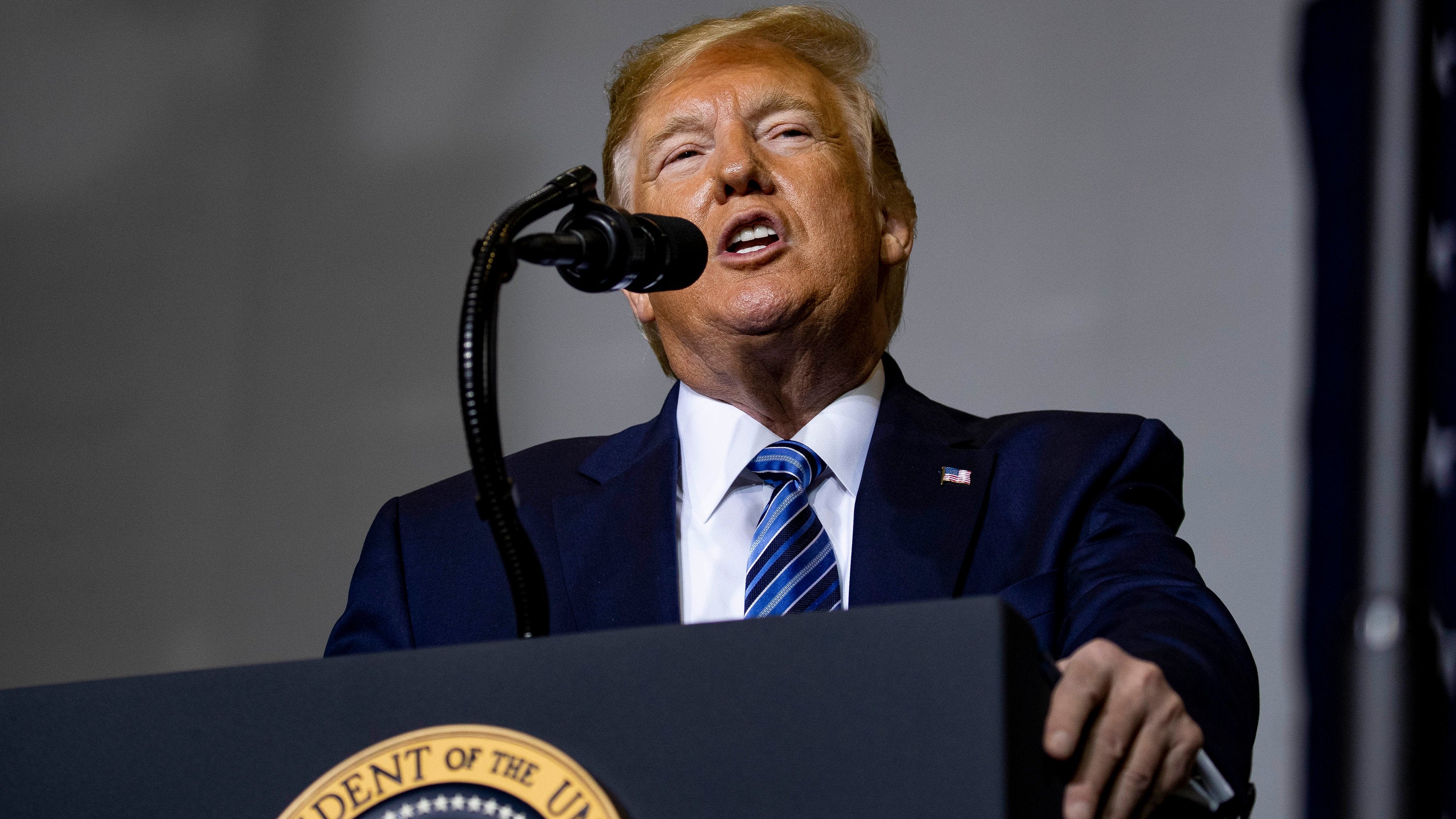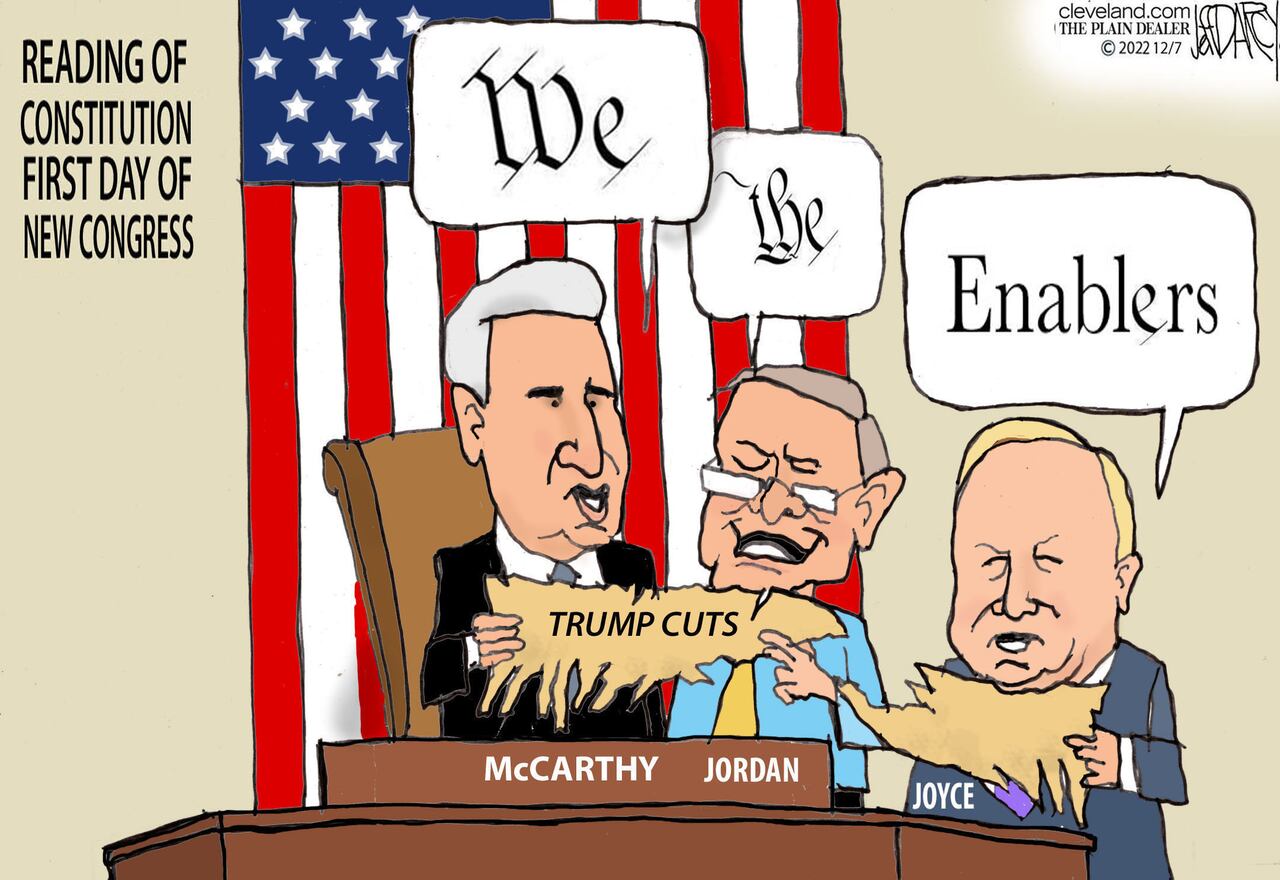Trump's Tariffs: A Boon For Some US Manufacturers?

Table of Contents
Sectors that Potentially Benefited from Trump's Tariffs
While the overall impact is complex and multifaceted, some sectors experienced a short-term boost due to Trump's tariffs.
The Steel and Aluminum Industries
Trump's tariffs on imported steel and aluminum, implemented in 2018, aimed to shield domestic producers from cheaper foreign competition, particularly from China. These tariffs, ranging from 25% on steel and 10% on aluminum, were justified on national security grounds. While the tariffs did lead to:
- Increased domestic production of steel and aluminum: Some domestic steel and aluminum mills saw a surge in demand as imports became more expensive.
- Job creation in the steel and aluminum industries: Reports suggested a modest increase in employment within these sectors, although the extent of this job creation remains debated.
However, the benefits were not without significant drawbacks:
- Higher prices for consumers and businesses using steel and aluminum: Increased domestic prices for these essential materials impacted downstream industries, increasing the cost of manufacturing various goods. This price hike negated some of the benefits for consumers and potentially hurt overall economic growth.
- Retaliatory tariffs from other countries: The tariffs prompted retaliatory measures from trading partners, leading to challenges for US exporters in other sectors. For example, Nucor, a major US steel producer, while benefiting from the tariffs, also faced increased costs due to retaliatory tariffs on its exports.
Other Manufacturing Sectors Seeing Potential Gains
While the steel and aluminum industry saw the most direct impact, other sectors also experienced some positive effects, though often less pronounced. Certain agricultural products, for instance, might have seen a temporary increase in domestic demand as imports became more expensive. However, these gains were often offset by retaliatory tariffs imposed by other countries on US agricultural exports. Success stories in these sectors are harder to isolate from other economic factors, and the overall positive impact was significantly less than in steel and aluminum.
- Increased domestic demand for certain products: This effect was largely limited and short-lived, often overshadowed by negative consequences.
- Reduced reliance on foreign imports: While some degree of reduced import reliance occurred, it often came at the cost of higher prices and reduced competitiveness in global markets.
- Potential for increased investment in domestic manufacturing: While hoped for, this potential largely remained unrealized due to overall market uncertainties and economic headwinds.
Negative Consequences and Unintended Effects of Trump's Tariffs
The negative consequences of Trump's tariffs far outweighed the limited benefits experienced by a few sectors.
Retaliatory Tariffs and Trade Wars
Trump's tariffs triggered retaliatory measures from numerous countries, initiating trade wars that harmed numerous US industries. Countries like China, the European Union, and Canada imposed their own tariffs on US goods, resulting in:
- Decreased US exports to certain countries: US exporters faced significantly reduced market access in key trading partners.
- Increased prices for imported goods: Consumers and businesses faced higher costs for many imported goods, impacting household budgets and overall economic growth.
- Negative impact on US businesses that rely on imported materials: Many US businesses rely on imported inputs for manufacturing, and these tariffs significantly increased their production costs.
Increased Prices for Consumers
Perhaps the most significant negative impact of Trump's tariffs was the increase in prices for consumers. The tariffs pushed up the cost of many goods, including:
- Higher prices for consumers: The increased cost of imported goods and domestically produced goods using imported inputs directly impacted consumers' wallets.
- Reduced consumer spending: Higher prices led to reduced consumer spending, dampening economic growth.
- Inflationary pressures: The price increases contributed to inflationary pressures across the economy.
The Long-Term Impact of Trump's Tariffs on US Manufacturing
The long-term impact of Trump's tariffs on US manufacturing remains a subject of ongoing debate. While some domestic industries experienced a temporary boost, the overall effect was likely negative.
- Long-term competitiveness of US manufacturing: The tariffs may have hindered the long-term competitiveness of US manufacturing by reducing access to global markets and increasing input costs.
- Restructuring of global supply chains: Businesses were forced to restructure their global supply chains, often leading to increased costs and complexities.
- The ongoing debate on protectionism versus free trade: Trump's tariffs reignited the debate on the merits of protectionism versus free trade, with economists largely favoring the latter approach.
Conclusion: Evaluating the Legacy of Trump's Tariffs on US Manufacturers
In conclusion, while some US manufacturers, particularly in the steel and aluminum sectors, experienced short-term gains from Trump's tariffs, these benefits were largely offset by the substantial negative consequences. The retaliatory tariffs, increased consumer prices, and disruptions to global supply chains created significant economic challenges that likely outweighed any localized gains. The legacy of Trump's tariffs serves as a reminder of the complexities of trade policy and the potential unintended consequences of protectionist measures. Further research is needed to fully understand the long-term effects of Trump's tariffs on the US economy and manufacturing sector. Continue the conversation about the impact of Trump's tariffs on US manufacturers by sharing your thoughts and insights in the comments below.

Featured Posts
-
 Martin Compstons Candid Thoughts On A Line Of Duty Comeback
May 06, 2025
Martin Compstons Candid Thoughts On A Line Of Duty Comeback
May 06, 2025 -
 Reactions To Ddgs New Diss Track Dont Take My Son Featuring Halle Bailey
May 06, 2025
Reactions To Ddgs New Diss Track Dont Take My Son Featuring Halle Bailey
May 06, 2025 -
 Trumps Response On Upholding The Constitution I Dont Know
May 06, 2025
Trumps Response On Upholding The Constitution I Dont Know
May 06, 2025 -
 Make The Most Of Your Independence Day Weekend A Practical Guide
May 06, 2025
Make The Most Of Your Independence Day Weekend A Practical Guide
May 06, 2025 -
 Sin Arnolda Svarcenegera Patrik Svarceneger O Uspesima I Borbama U White Lotus
May 06, 2025
Sin Arnolda Svarcenegera Patrik Svarceneger O Uspesima I Borbama U White Lotus
May 06, 2025
